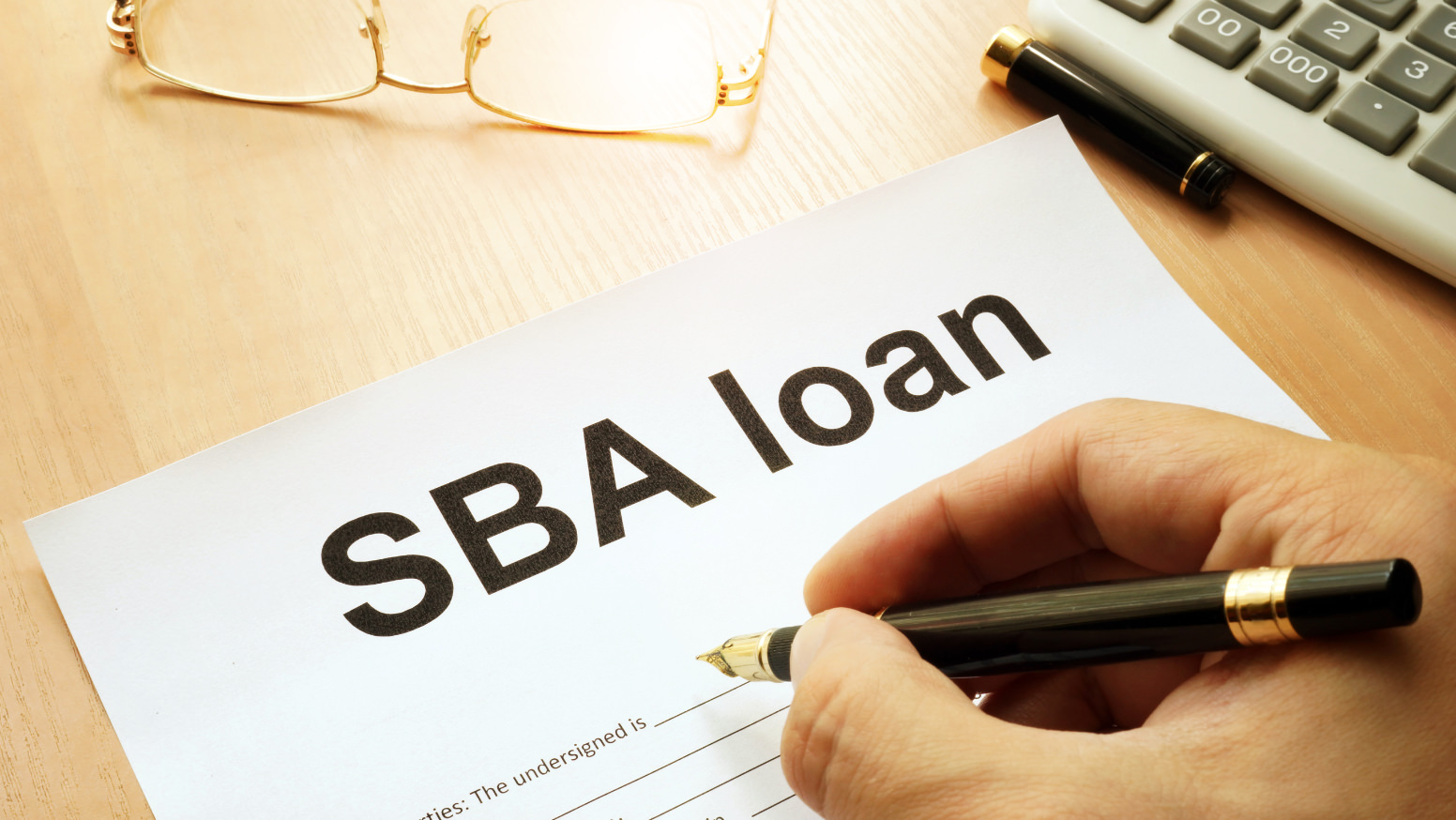In the aftermath of hurricanes, floods, earthquakes, wildfires, tornadoes and other disasters, the SBA is the primary source of money from the Federal government for long-term recovery assistance. For disaster damage to private property owned by individuals, families and businesses not fully covered by insurance, the basic form of the Federal assistance is low-interest, long-term disaster loans from the SBA. If you are in a declared disaster area and are the victim of a disaster, you may be eligible for a low-interest rate disaster loan from the U.S. Small Business Administration – even if you don’t own a business. As a homeowner, renter and/or personal-property owner, you may apply to the SBA for a loan to help you recover from a disaster.
How much can I borrow?
The amount SBA will lend depends on the cost of repairing or replacing your home and/or personal property, minus any insurance settlements or grants. SBA will send an inspector to estimate the cost of your damage once you have completed and returned your loan application. Renters and homeowners alike may borrow up to $40,000 to repair or replace clothing, furniture, cars or appliances damaged or destroyed in the disaster. Homeowners may apply for up to $200,000 to repair or replace their primary residence to its pre-disaster condition.Any proceeds from insurance coverage on your property or home will be deducted from the total damage to the property to determine the loan amount you are eligible for. SBA is not permitted to duplicate any benefits.
Are there any restrictions in the use of the loan proceeds?
The loans may not be used to upgrade homes or make additions unless as required by local building authority/code. Loans may be increased up to 20 percent of the total amount of physical loss, as verified by SBA, to make improvements that lessen the risk of property damage by future disasters of the same kind.
What about vacation properties?
Secondary homes or vacation properties are not eligible for these loans. However, qualified rental properties may be eligible for assistance under our business loan program.
What is interest rate and what is the term?
For applicants unable to obtain credit elsewhere the interest rate will not exceed 4 percent. For those who can obtain credit elsewhere, the interest rate will not exceed 8 percent. SBA determines whether an applicant has credit available elsewhere. SBA offers loans with long-term repayments in many cases up to 30 years. Terms are determined on a case-by-case basis, based upon each borrower’s ability to repay.
Can the SBA refinance my mortgage?
In some cases, SBA can refinance all or part of a previous mortgage when the applicant does not have credit available elsewhere, has suffered substantial disaster damage not covered by insurance, and intends to repair the damage. SBA considers refinancing when processing each application.
Is collateral required for these loans?
Home loans over $25,000 in Presidential declarations, and loans over $14,000 in Agency declarations must be secured to the extent possible. The SBA will not decline a loan if you do not have enough collateral, but will ask for whatever collateral is available. That usually consists of a first or second mortgage on the damaged real estate.
What if I default and cannot pay?
SBA Disaster loans are not impossible to settle, but they are far harder to settle than ordinary SBA business loans. SBA loans usually have liens on the borrower’s home and even in bankruptcy, an SBA lien can survive, depending on its priority and the amount of equity in the property. The reality is that most folks needing an SBA Disaster loan don’t have a great deal of financial resources and when settling with the SBA, it is often necessary to come up with a lump sum settlement to get the deal done.
If you don’t settle with the SBA, then your loan will eventually be referred to the U.S Treasury Department for collection. As soon as your loan is handed over to Treasury, one of five collection agencies employed by the government will add a one-time 28% collection fee to the loan balance, making it even harder to settle the debt due to the increased principal balance.
The Treasury Offset Program (TOP) is one of the foremost weapons in the Government’s collection arsenal. Under TOP, wage garnishment, tax refund intercept and social security offset are just a few of the many methods of collection available. So, when considering an SBA Disaster loan, make sure you have all the facts. The terms are very fair, but if you can’t pay that good deal can look awfully bad.

